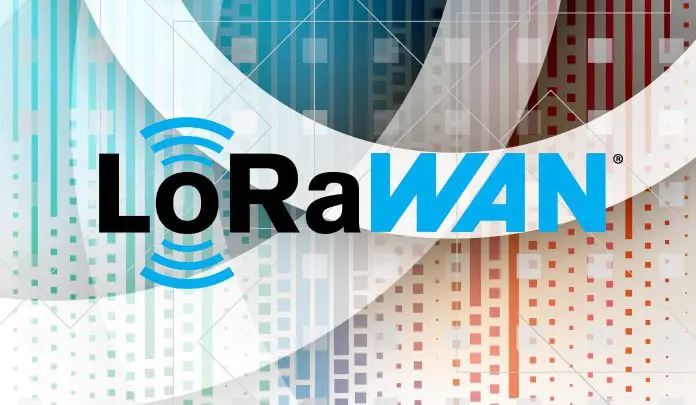The LoRa Alliance has moved to head off fears about a collapse of LoRaWAN as a public network technology in Europe, following the decision by Bouygues Telecom in France to shut down its Objenious LoRaWAN network from 2024, by declaring a 66 percent jump in the number of public LoRaWAN networks compared with three years ago. It said most new growth in public LoRaWAN infrastructure has been driven by new operators, rather than traditional mobile network operators (MNOs) like Bouygues Telecom.
The announcement also twists the knife into long-time rival Sigfox, which has pursued a public low-power wide-area (LPWA) network policy, and come unstuck in recent times. The alilance claims 55 non-MNO public LoRaWAN network operators, including Birdz, Cellnex Telecom, Charter Communications, Emrit, Everynet, MachineQ / Comcast, Netmore, NNNCo, Senet, SenRa, Spark, Tata, and X-TELIA.
It also cited developments with community operators like Helium, plus LORIOT and The Things Network, as well as a bunch of satellite IoT connectivity providers that are enabling gateway, and even sensor, to satellite connectivity, including Echostar Mobile, Eutelsat, Fleet Space Technologies, and Lacuna Space. It said international LoRaWAN roaming has expanded too, into 23 countries, via hubs and virtual network arrangements, led by the likes of Actility, Everynet, and Senet.
Its list of traditional MNOs with LoRaWAN infrastructure is 10-strong, and includes: Afghan Wireless, BT, KPN, NTT, Orange, Proximus, SK Telecom, Swisscom, and Telekom Serbia. Orange has recently restated its commitment to LoRaWAN in France, following the decision by Bouygues Telecom to cancel operations. The alliance maintained growth in private networks is also strong.
A statement from the LoRa Alliance said: “Much of the recent growth has been enabled largely by non-MNOs that are building critical dedicated infrastructure to support the expanding needs of LPWAN IoT. Recent investments by satellite and community LoRaWAN network providers, along with roaming availability in over 23 countries, have further accelerated network availability and global coverage.”
Donna Moore, chief executive and chairwoman at the LoRa Alliance, said: “LoRaWAN operators are building new types of infrastructure to meet future IoT requirements. This evolution in the types of networks and network providers is expected – and a sign of a healthy and vibrant market. These new players are nimble, agile and able to grow beyond the constraints of preexisting network infrastructure. They are successfully building profitable business models to maximize the value of their networks and meet the evolving needs of LPWAN IoT deployments.”
The LoRa Alliance is holding a jamboree event, the LoRaWAN World Expo, in Paris July 6-7. It is the first official alliance-hosted LoRaWAN meetup for three years, and has been expanded to two days.

